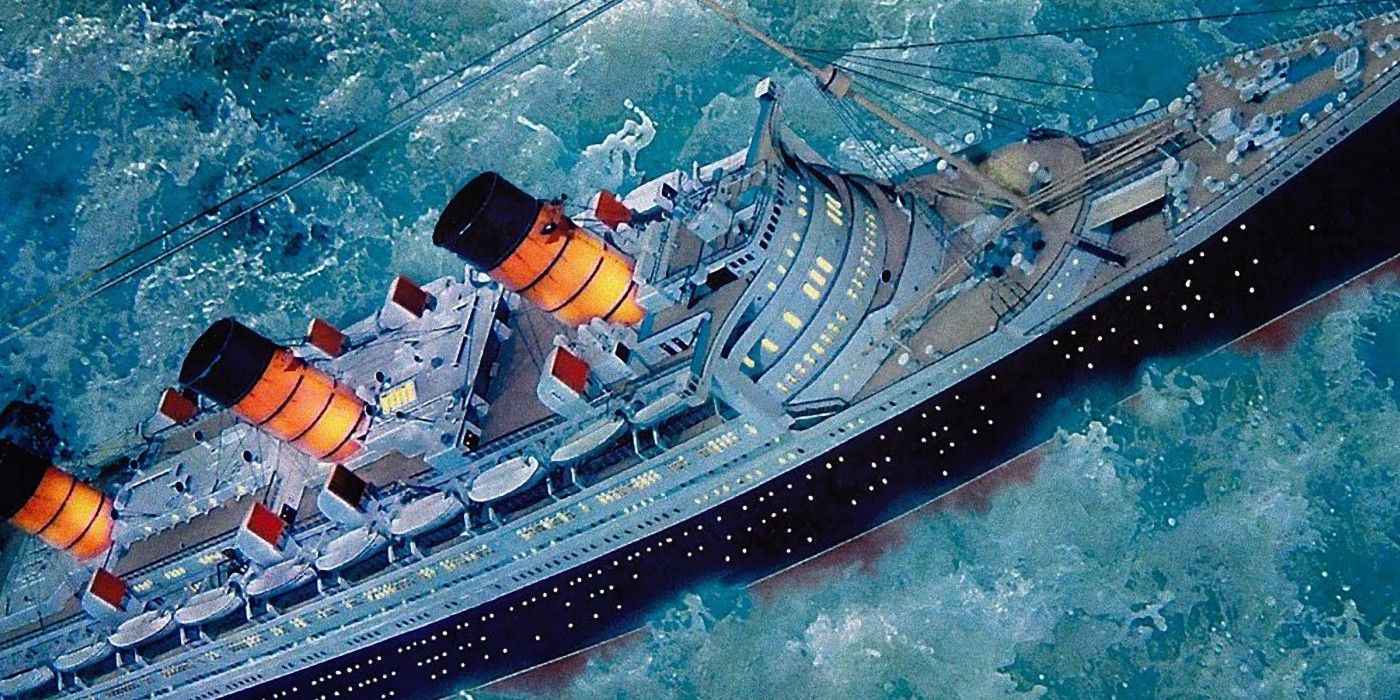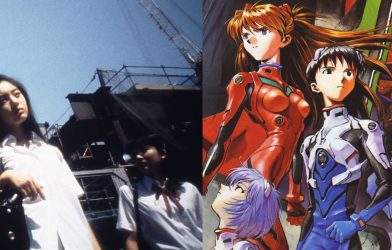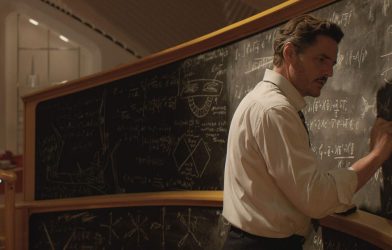Summary
-
The Poseidon Adventure
‘s capsizing sequence is not believable according to cruise ship captain Wendy Williams. Tsunamis do not look like they appear in the film. - Williams explains that larger objects on cruise ships are secured, but tables and chairs are movable. The quick turning of the ship in the film is also unrealistic, and in real life, ships fill up with water when they capsize.
- While there may be air pockets inside a capsized ship, the likelihood of survival for an extended period of time is highly unlikely. The thickness of the ship’s hull can vary depending on its build and class.
An expert critiques the survival capacity of the 1972 film The Poseidon Adventure. Released 25 years before Titanic, The Poseidon Adventure was a different take on a sinking ship endeavor. The Gene Hackman-starring film follows the story of a group of passengers who struggle to survive after a wave capsizes their cruise ships.
Cruise ship captain Wendy Williams breaks down The Poseidon Adventure’s capsizing sequence, evaluating how survivable the event would be. Speaking with Insider, Williams broke down three aspects of the sequences. Williams debunked several myths perpetuated from The Poseidon Adventure, including how tsunamis look out at sea and the thickness of a ship’s hull. Speaking on the capsizing sequence, Williams pointed out that in real life, ships do not have tables and chairs bolted down. This usurps the fundamental visual element of the scene, wherein ship passengers cling onto overturned dining tables. Ultimately, Williams gave the film’s believability a paltry “2 or 3” out of 10.
“This one looked like Niagara falls on its side. Not a believable wave. Tsunami is biggest when it kind of hits the shore. Out at sea, a tsunami might just be a wave like any other wave. So the fact that this is a tsunami and not a real wave, yeah probably not that believable. Being that a tsunami wave wouldn’t look like that, you wouldn’t necessarily navigate away from the actual wave. But you would navigate away from the area of concern if you could.
I do remember seeing this as a kid, and I remember the dining room scene, and everything going upside down. Are tables, and chairs, and pianos and things secure on cruise ships? Larger vessels, they have something called a heavy weather or a Heavy Object Register List. And yes, larger or big ticket items that can cause a lot of damage like a piano–that could literally go through a wall of a bulkhead–so they are secured. Tables and chairs, no. They would be movable. And for the vessel to turn that quickly, so that people would have to hang onto things…not believable. If a ship was to capsize, they don’t just turn total quickly, they fill up with water.
Would there be a sustained amount of time that people could have survived inside there? I mean, possibly yes. There would be air pockets. But the likelihood of there being that much air, that much time, highly unlikely. The shaft alley, that’s interesting, because the shell plating thickness is only 1 inch. That is probably icebreaker class. One inch would be exceptionally thick. Ship hulls are not that, not that thick typically, but in engine spaces, technical spaces, they would be. Thickness varies depending on how the ship was built and for what class.
I’d probably give is a 9 as far as fun movies go, believability, 2 or 3.”
How Would The Poseidon Adventure Improve If Made Today?
Williams’ assessment of The Poseidon Adventure is brutally honest. Picking apart every aspect of the film’s survival narrative, Williams pulls no punches when breaking down just how many vessel-related inaccuracies the film contains. The only positive Williams throws The Poseidon Adventure, and possibly the one reason it scored a 2 out of 10, is that it is possible that an engine room would be supported by a thicker, one-inch hull. Williams’ ratings were not entirely dramatic, as she rated Titanic‘s sinking fairly highly, for example.
Looking closely at these scenes, it seems there are parts of The Poseidon Adventure that could be improved today through technological advances. The tsunami is a prime example of this. In The Poseidon Adventure, the wave that overtakes the boat has a comically robotic retreat, sweeping all too perfectly over the boat. Today, CGI could likely solve this issue, as films like Avatar: The Way of Water and Dune make use of VFX to better render the massive movement of bodies of water or other materials. 2014’s Interstellar, for example, creates a mid-ocean CGI huge wave on a distant planet, showing the development of the technology.
What The Poseidon Adventure still lacked, however, was the level of research needed to more accurately reflect a disaster event of that nature. CGI could make a wave look better, but it would not solve the fact that out-at-sea tsunamis do not appear that way, and should not be labeled as such. Furthermore, the thickness of the ship’s hull is a fact that exists only in dialogue, as The Poseidon Adventure is making no attempt to show audiences details of the inside of a hull, or anything of that nature. Analyzing The Poseidon Adventure is a fascinating study on the intersection between VFX and quality research when depicting disaster on screen.
Source: Insider/YouTube









